Learn to Make a 4-Panel Comic: A Guide for Kids
This post may contain affiliate links.
written by Ira Marcks, author and illustrator
Hi there! My name is Ira Marcks, I’m a graphic novelist, a teacher, and the author/illustrator of Shark Summer. I’ve been drawing comics since I was a kid and a big reason for that is that it’s really easy to get started!
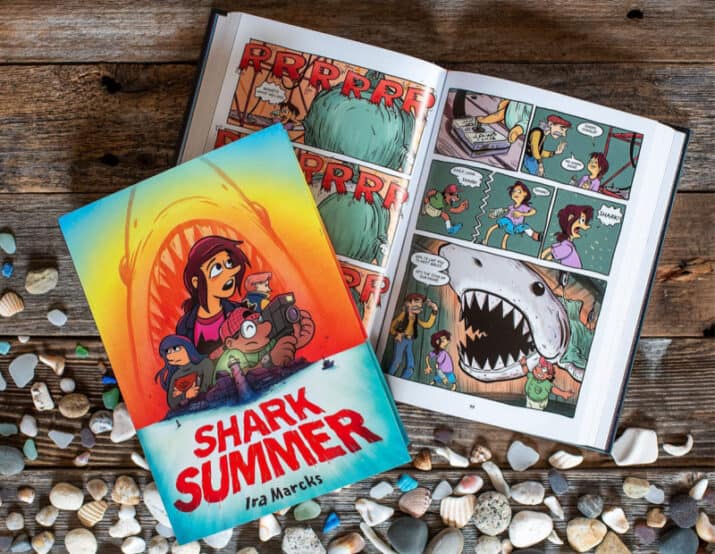
What makes comics a great fit for a young, aspiring storyteller is that comics require only a few simple things to get started: a pencil, paper, and a basic understanding of the elements of comic art.
Wanna try it for yourself? Let’s go!
Learn to Make a 4-Panel Comic
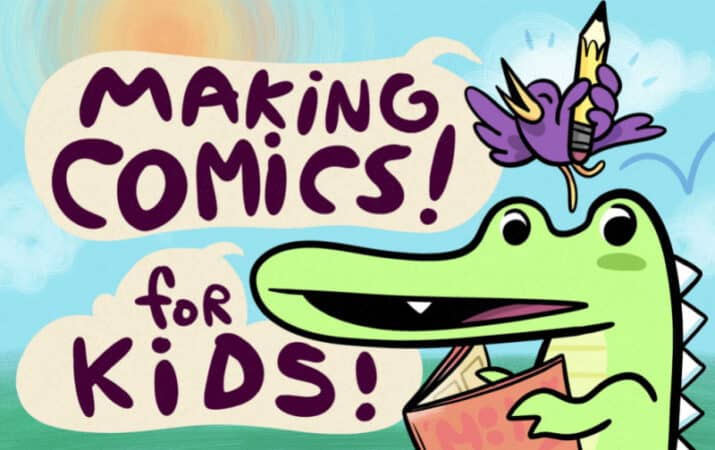
For today’s project, I’ll be guiding you through the process of creating a simple four-panel comic about animals and relationships. We’ll start by taking a look at my own finished class project:

With a quick glance you can understand the story of this four-panel comic strip, right?
Well, the goal of this project is to learn to look closer. By doing this project, you’ll get an understanding of the decisions a graphic novelist makes to create a comic.
A great way to learn to analyze a comic is by describing the story you see on the page out loud. Let’s start with panel one (the top left most frame). I see “An alligator is crying.” Not bad, but let’s try to extract more description from my drawing.
“A crying alligator sits alone in a desolate swamp.”
That’s much better!
The second description evokes the three main elements of storytelling we’ll be dealing with in this project: CHARACTER, SETTING, and THEME.
Next, I will show you how I used each of the three elements to create my comic. When you’re following along you may have some ideas for your own comic. Awesome! I like to keep a notebook with me at all times to keep track of all my good (and sometimes not-so-good) ideas.
As I share the different parts of this project, be sure to jot down your own notes or sketch ideas that might inspire your comic!
Ready?
Let’s get started!
PART 1: CHARACTER
From hero to villain and everything in between, all characters are visual representations of an idea.
For this project, you will be telling the story of the relationship between two animal characters.
A great way to learn about two characters is to watch them interact with each other. And when it comes to characters in a comic, the more differences they have, the more clearly you can show their roles in the story!
This is called creating contrast. It can be done by creating differences in the animals’ sizes, shapes, moods, and other aspects of a character.
Take a look at the two main animal characters in my comic and note their contrast:
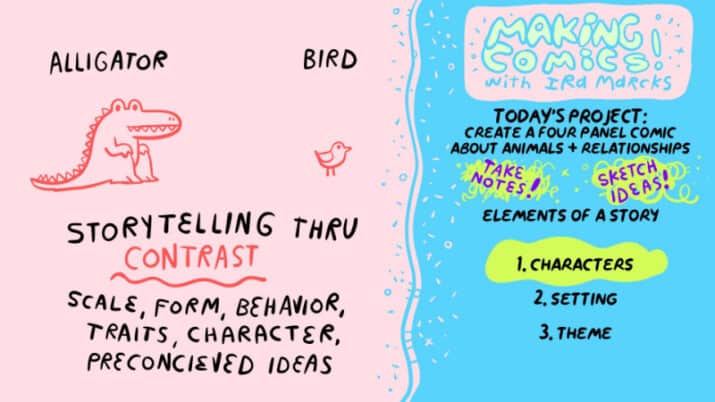
PART 2: SETTING
Drawing the setting of a comic can be simple… as long you pick the right lines!
My comic is set in a swamp; a location inspired by the natural habitat of my alligator character.
When I think about a swamp I picture still water, patches of vegetation, and small crooked trees.
With a few simple lines, I’m able to create a simple swamp setting. It helps me to think of a setting as the backdrop and set pieces on a stage.
I use the parts of the setting to create a composition that surrounds my characters without getting in the way of the main action of the story. Take a look at my sketch for the setting of my comic:
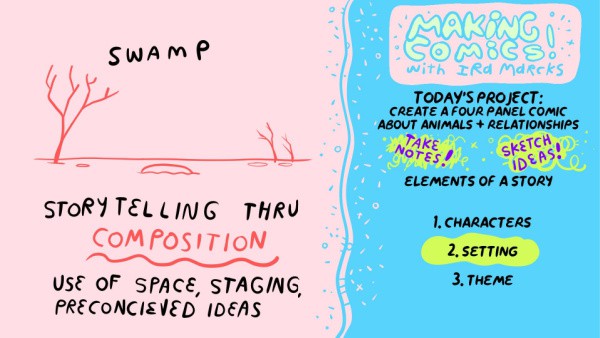
PART 3: THEME
The theme of a comic is the main idea happening below the surface of the story.
Like 90% of an iceberg, you can’t always see it, but you know it is there. Because theme is an unseen element, it is also the part of the comic that sparks the imagination of the reader. A good theme makes a good story!
The theme of this project should be inspired by a single word: relationship.
By thinking about the point of view of your characters, their needs, and their wants, you will be able to uncover a theme for your comic.
Don’t be afraid to go back and revise your ideas.
Rethinking your characters and setting is a great way to make your theme stronger!
Take a look at the theme for my comic and imagine what it would be like with different types of characters:
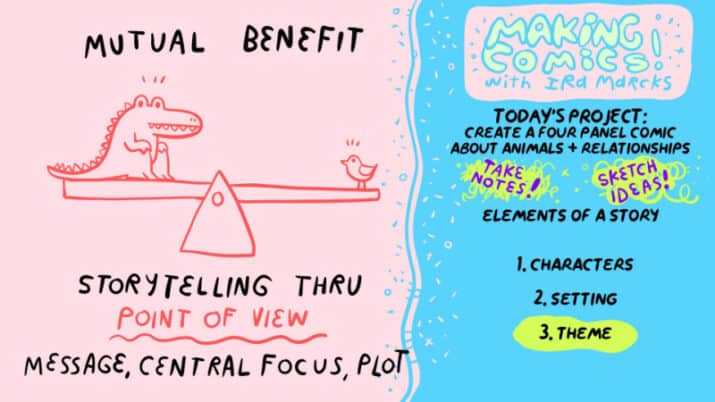
PART 4: PANELS
Now that I have the three elements of my story, it’s time to draw the comic.
I start by drawing a two-by-two grid of four panels leaving a small gap, known as a gutter, between each panel.
Since the comic is only four panels, each frame must have an important role in the story. As I plan out my comic, I go through each panel individually and decide its purpose.
Before you start to draw, take some notes on things that might happen in your four panels.
Don’t draw anything in your panels yet! We’re still working out our ideas 🙂
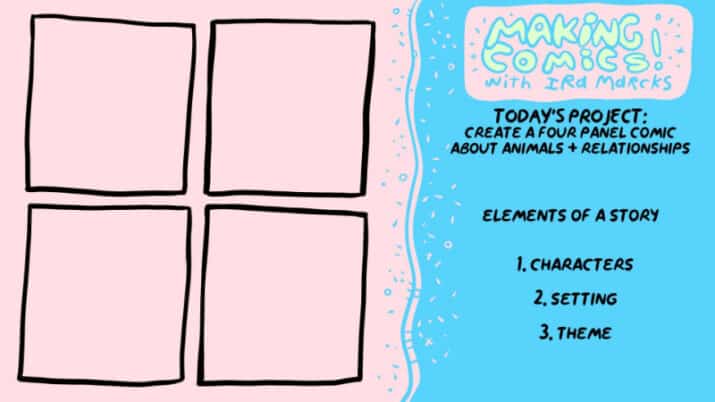
PART 5: FRAMING THE STORY
When you look at your comic panels, try and imagine you are looking through the lens of a movie camera.
As the director of the story, you get to decide exactly what each panel shows the reader. You control the reader’s focus!
With each panel, the comic artist is helping the reader focus on some combination of character, setting, and theme. That’s a lot of responsibility!
Take a look at each of my panels and think about what I’m showing the reader how that inspires their imagination and their relationship to my characters.
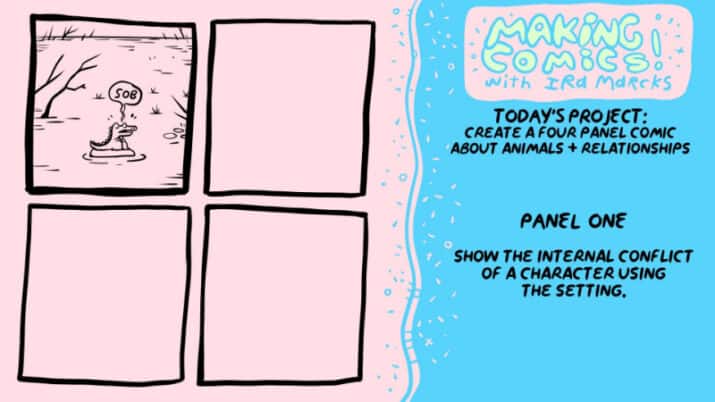
PANEL 1: This panel introduces us to the setting of the story and our main character; a sad alligator. I framed the scene from a distance to make the alligator seem small and lonely. Notice I only used a single sound effect to express the alligator’s emotion.
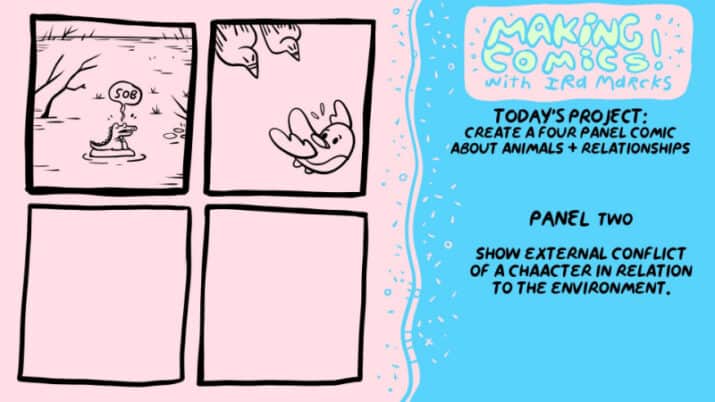
PANEL 2: This panel jumps right into the action and introduces us to the other main character; a helpless little bird who is being stalked by two nasty villains. Notice the look on the face of the bird. Facial expressions can tell us a lot about a character without using words!
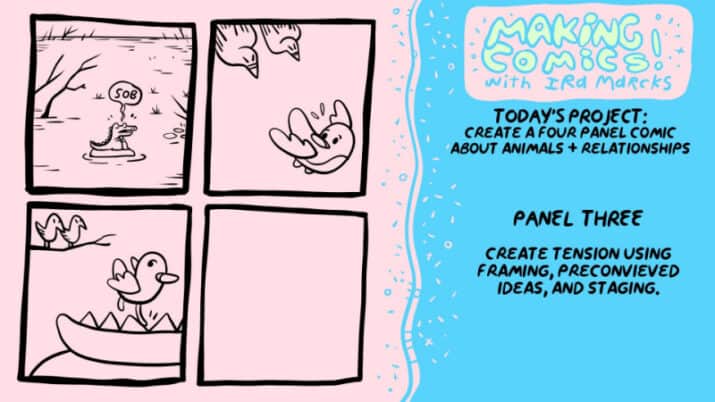
PANEL 3: This panel continues to follow the bird character’s point of view. Notice how I zoom way in on the alligator’s tail to show how dangerous the alligator could be to that cute little bird? No wonder the villains are waiting at a safe distance. Is the alligator going to eat the bird? Who knows! Good framing can encourage the reader to hurry on to the next panel to find out what happens next.
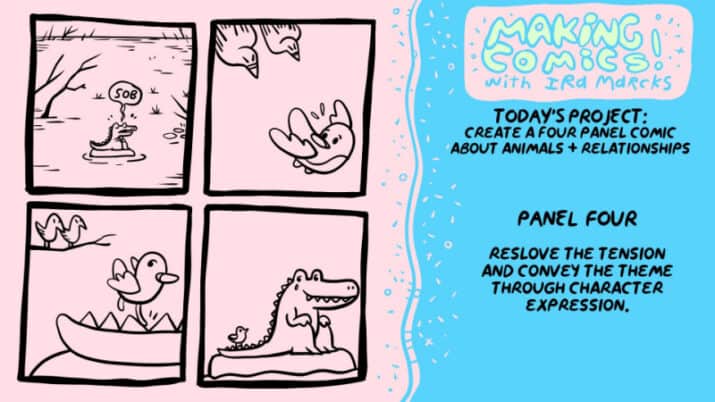
PANEL 4: This final panel is framed to express my comic’s theme of ‘mutual benefit.’ Thanks to the bird, the alligator is no longer lonely. Thanks to the alligator the bird is no longer in danger. They have a mutually beneficial relationship! The theme guides my story like a compass. By staying true to the theme of the comic I was able to arrive at a satisfying end to my story.
Now that you have an understanding of how comics work, you’re ready to make your own.
Use your own paper to draw four panels or download this 4-panel comic blank page.
Remember to think of a plan for CHARACTER, SETTING, and THEME before you get started drawing your four-panel comic.
But first, keep in mind that understanding comics is not only useful in creating them, but it also helps if we read them.
Below are some scenes from my graphic novel, Shark Summer.
It’s the story of a few young aspiring filmmakers on Martha’s Vineyard who set out to enter a film festival and end up discovering the island’s creepy, dark, secret history. The themes are the value of friendship and the power of storytelling. Take a look at these scenes from the book and think about the way I use character, setting, and theme:
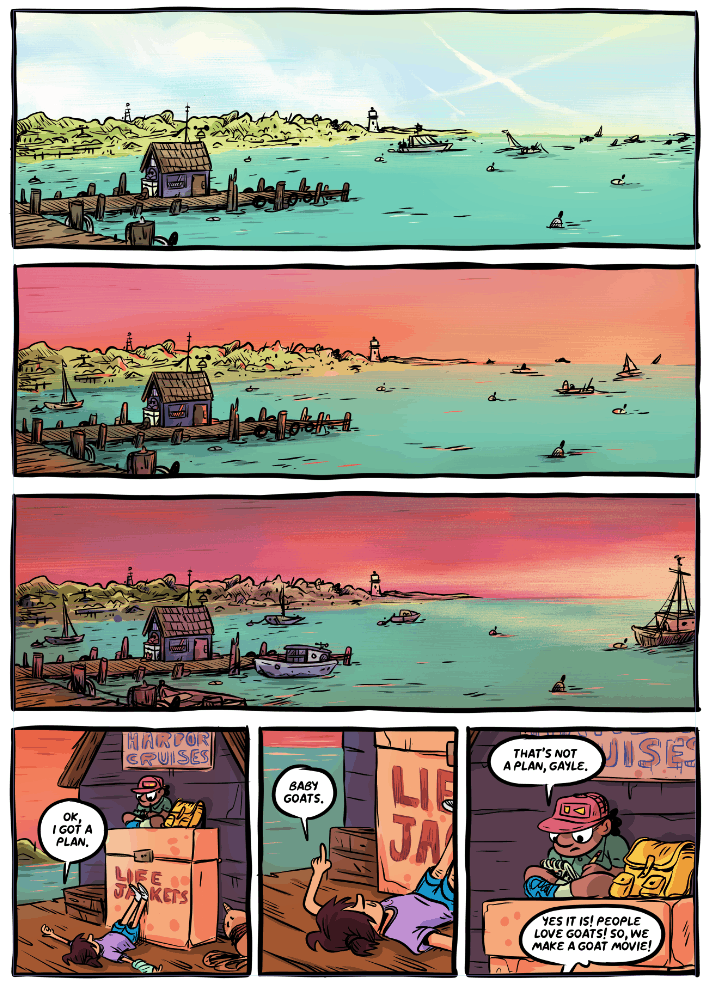
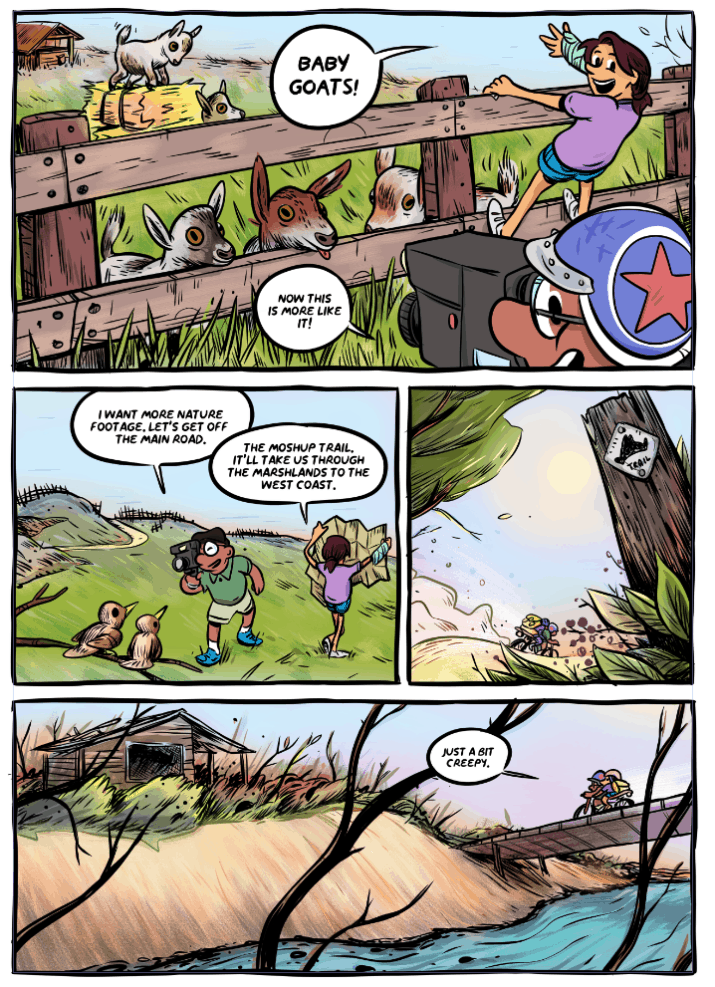
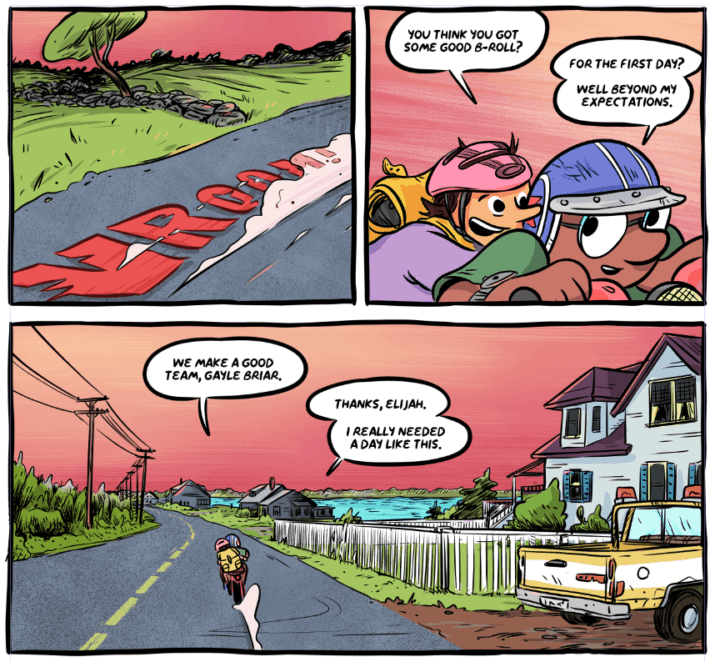
About Ira Marcks

Ira Marcks draws and writes comics. He lives in Upstate New York with his wife, two cats, a dog, and lots of books he’s been meaning to read. His love for ancient magic and possible futures has led him to create a warehouse of esoteric objects for the Hugo Award-winning magazine Weird Tales and to tell stories about villainous technology for the European Research Council. Shark Summer is his debut graphic novel. Learn more about Ira Marcks and his graphic novel, Shark Summer at this website!
Note from Melissa: Thank you so much, Ira, for sharing the step-by-step process for storytelling with comics! This is amazing! I’m super excited to read your graphic novel, Shark Summer, and want to encourage readers to buy it!

Also Read:
Graphic Novels Kids Love to Read
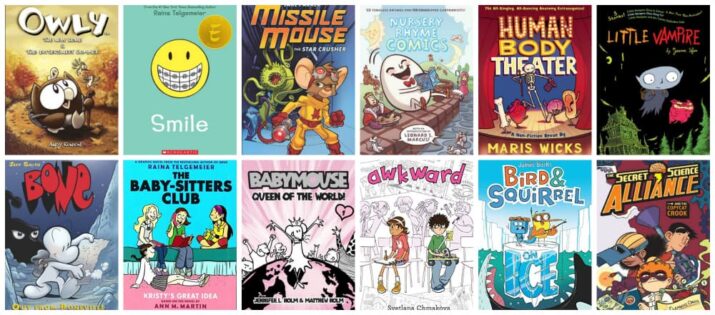
Good Journals for Kids

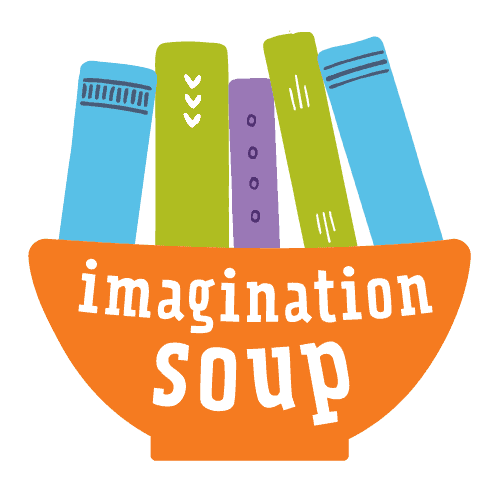
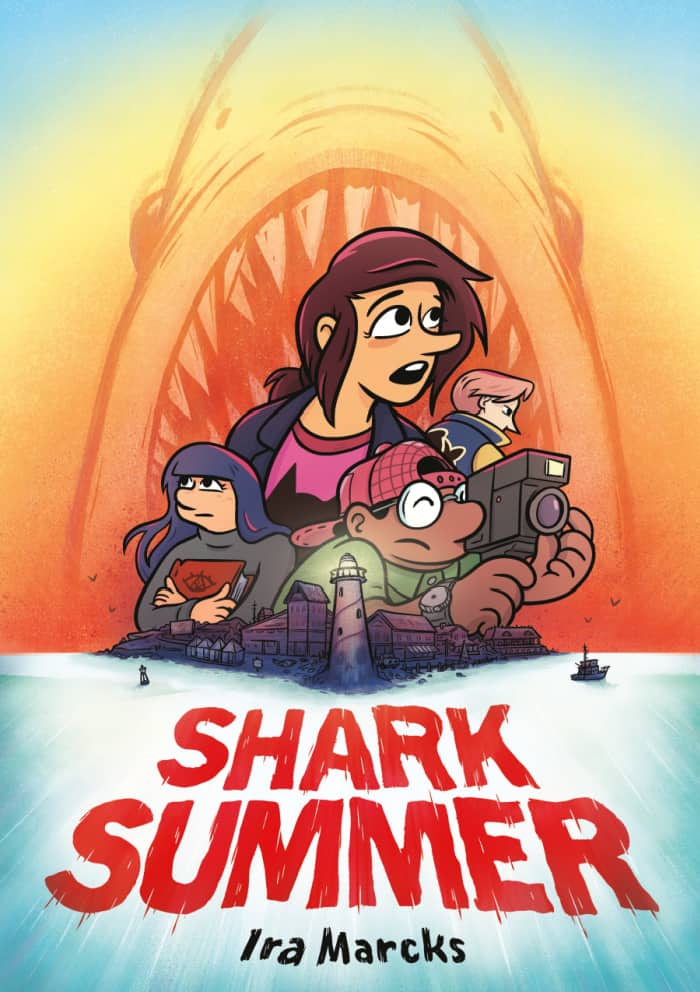
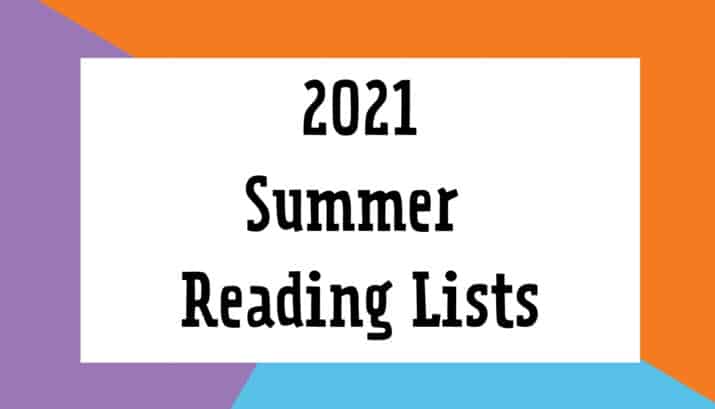

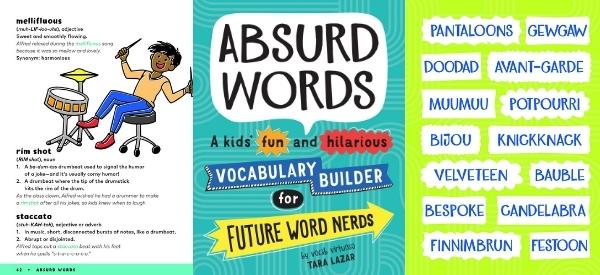
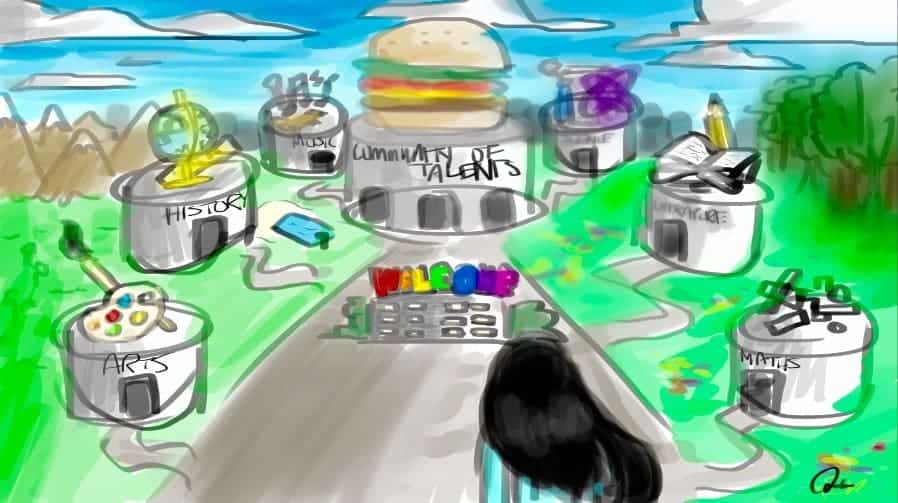
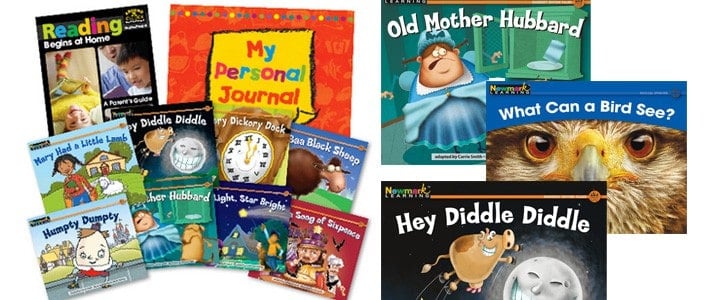


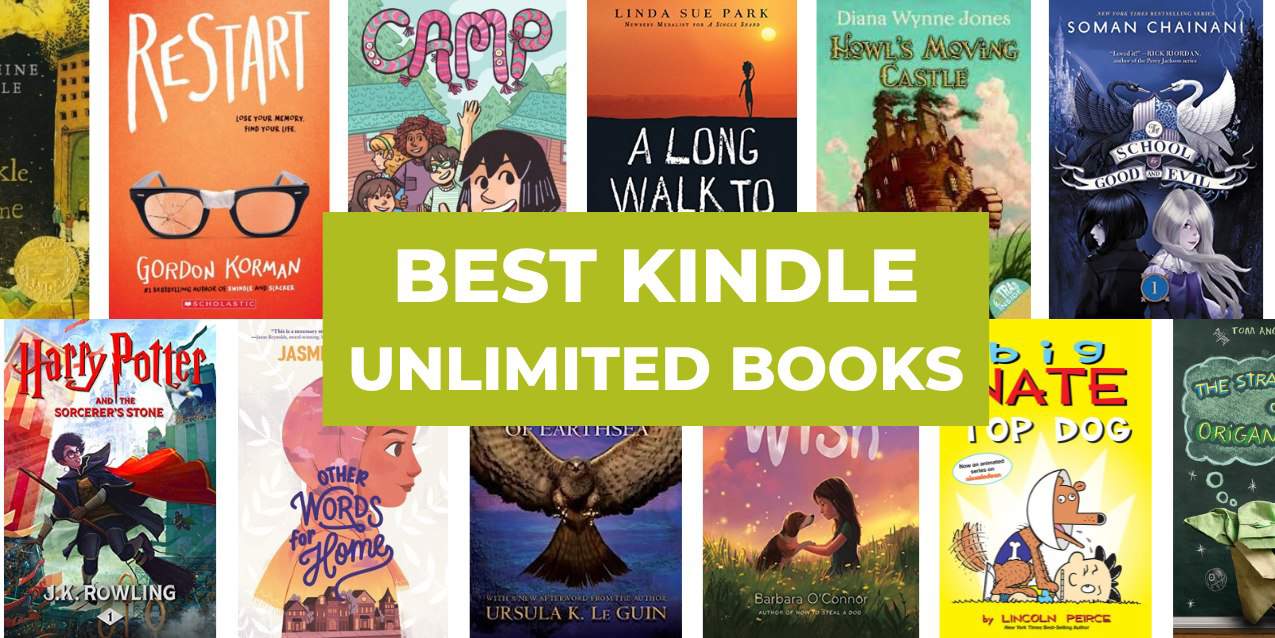
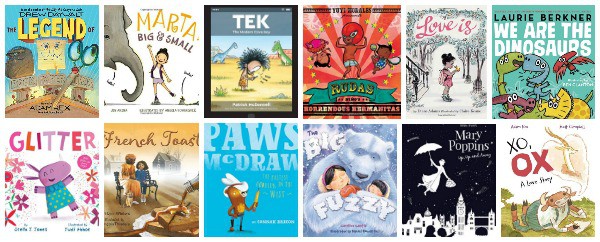
This is a great guide for kids to learn how to make a 4-panel comic. I love that it is easy to follow and that the results are so fun to look at.